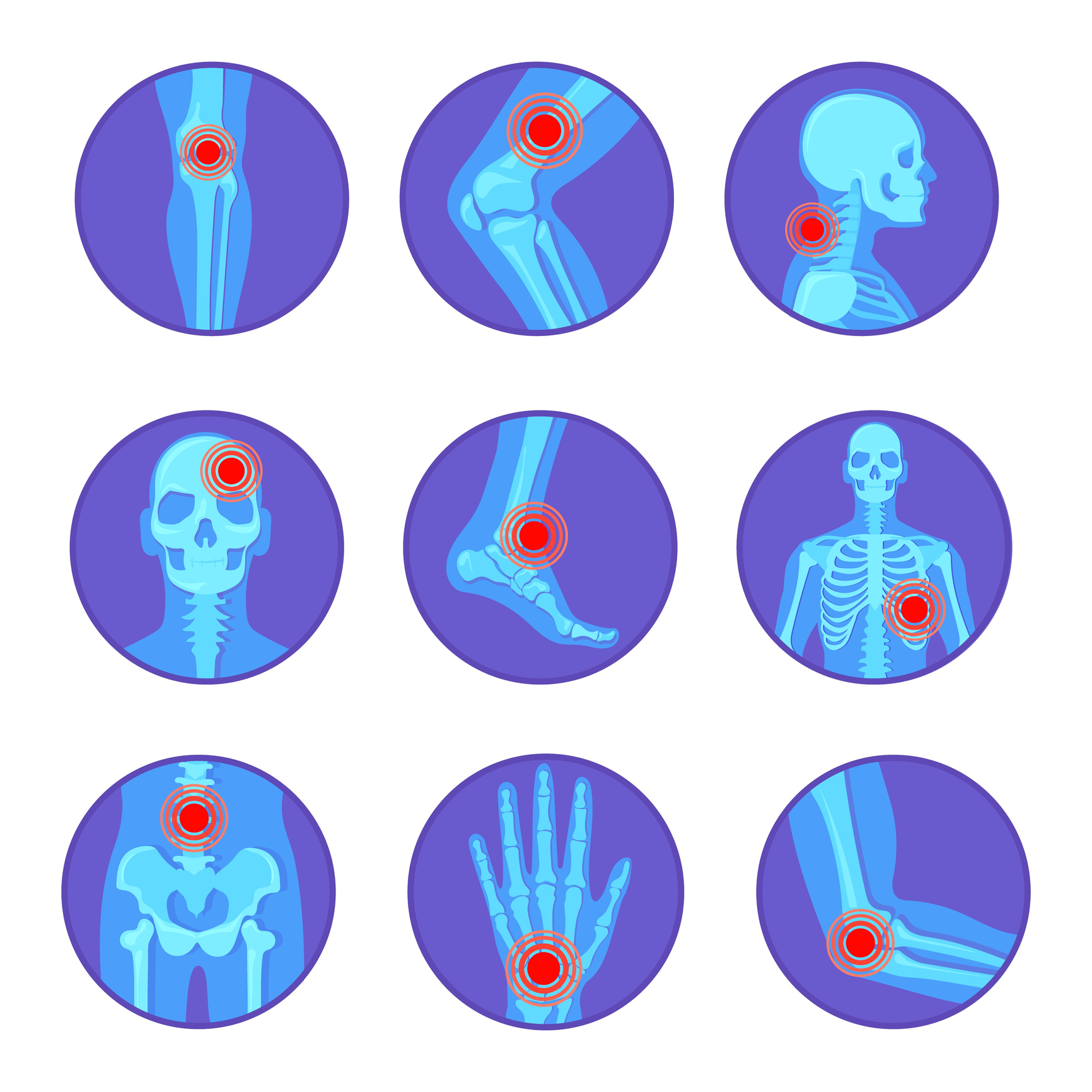Osteoarthritis (OA) is a prevailing chronic disease in Orthopedics that characterized with severely damaged cartilage and subchondral bone, thus leading to profound disorders of synovial joints. Platelet-rich plasma (PRP) has been applied as a popular non-operative treatment option for promoting musculoskeletal healing. Our previous work demonstrated that PRP protected chondrocytes from interleukin-1β (IL-1β)-induced apoptosis in vitro. However, the underlying mechanism behind the treatment remains unclear. The current study aimed to unveil the molecular signaling underlying its protective role in chondrocytes. Rat chondrocytes were isolated from newborn Sprague Dawley rats and treated with 5 ng/mL IL-1β for 24 h. The expression of hypoxia-inducible factor 2α (HIF-2α) was determined in both mRNA and protein levels. Next, loss- and gain-of-function assays for HIF-2α were performed using small-interfering RNA (siRNA) specific for HIF-2α and adenovirus-mediated HIF-2α overexpression, respectively. In addition, cell apoptosis markers, matrix metalloproteinase (MMP)-1, 3, -9 and -13, and extracellular matrix-related genes were evaluated. Our results demonstrated that IL-1β induced distinct inflammation in chondrocytes. In addition, HIF-2α upregulated in the IL-1β-treated chondrocytes compared to the untreated cells. Interestingly, 10% PRP protected chondrocytes against IL-1β-induced apoptosis and matrix degradation, and meanwhile suppressed the HIF-2α activation. Furthermore, HIF-2α siRNA and HIF-2α overexpression experiments indicated that PRP induced chondroprotection through targeting HIF-2α. Taken together, our findings indicated that PRP attenuates IL-1β-induced chondrocyte apoptosis and inflammation at least partially through inhibiting HIF-2α.Copyright © 2021. Published by Elsevier Ltd.
Platelet-rich plasma attenuates interleukin-1β-induced apoptosis and inflammation in chondrocytes through targeting hypoxia-inducible factor-2α.


